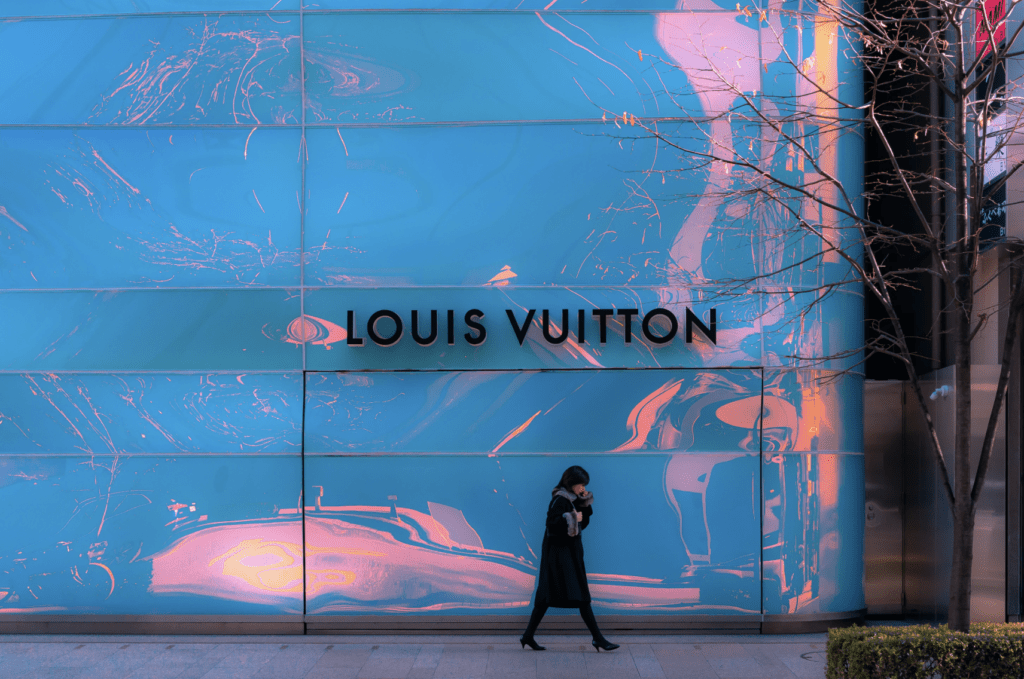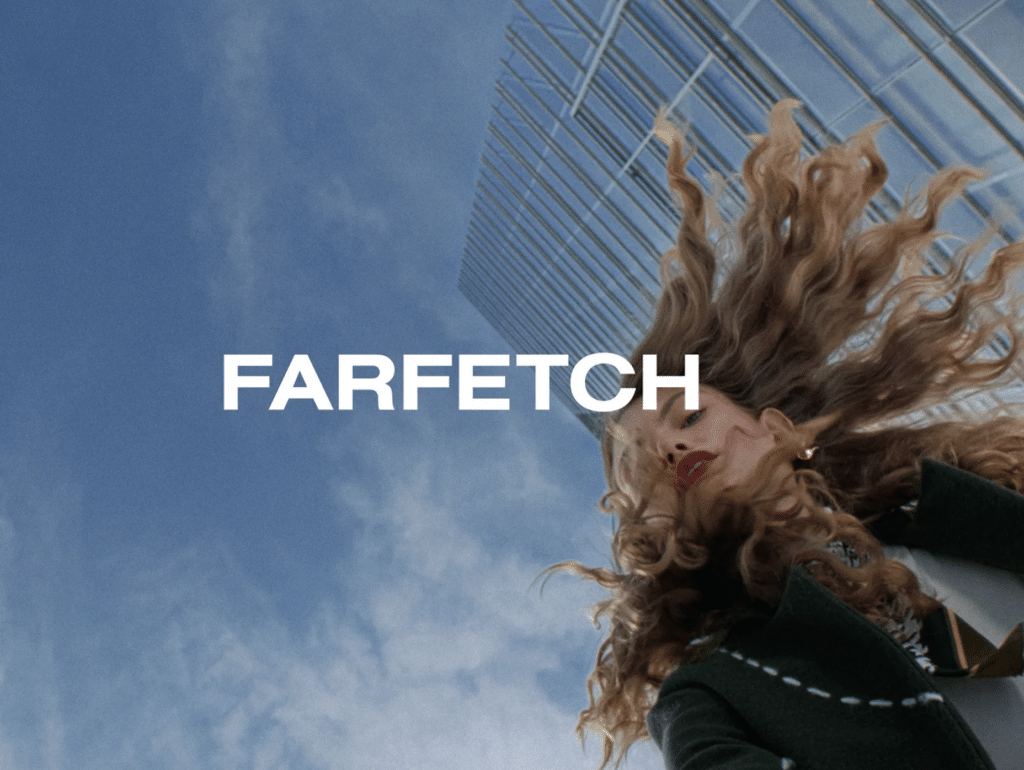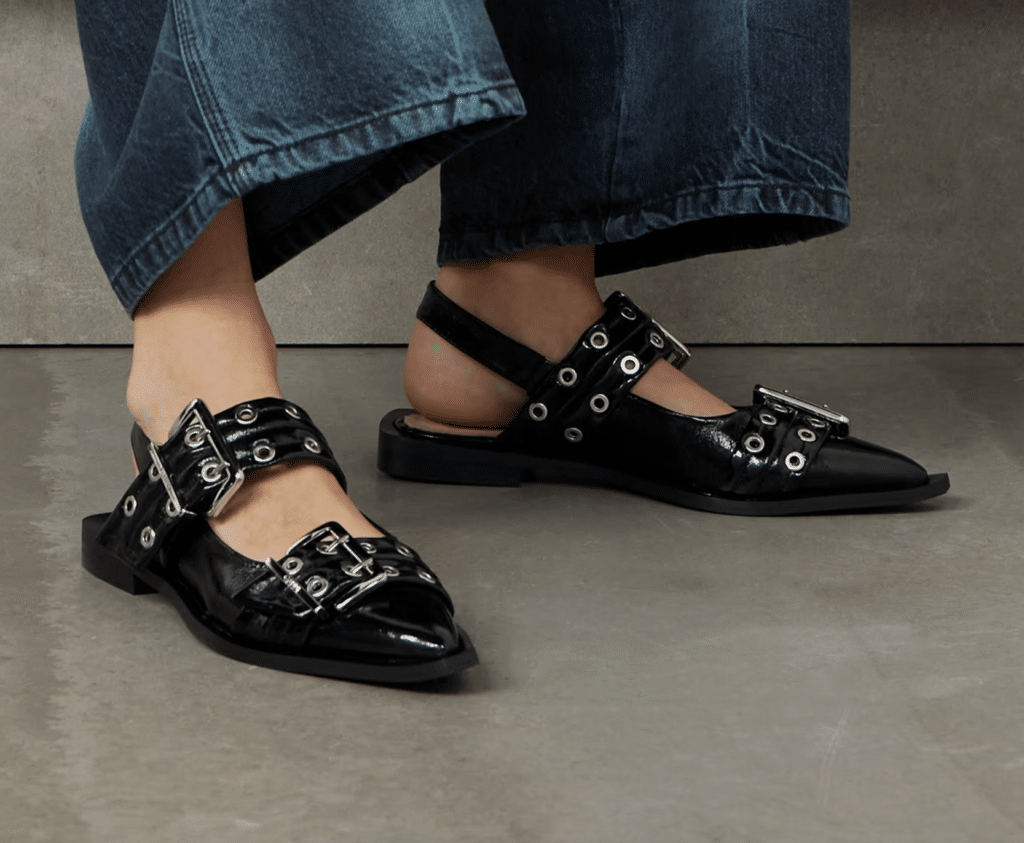An indie fashion designer who is accusing Louis Vuitton of ripping off her work saw one of her copyright infringement claims move forward recently. In a decision earlier this summer, a Pennsylvania federal court gave the green-light to Plaintiff Paula Hian’s claim that Louis Vuitton and fellow LVMH-owned brand Off-White Operating SRL (collectively, “Louis Vuitton”) infringed a “warped” checkerboard design that she created, allowing the infringement claim to proceed to discovery, even though it nixed similar claims related to two other designs.
The June 28 memorandum and order follows from Louis Vuitton’s push to get Hian’s case tossed out in its entirety. In its order, the court held that Hian’s argument that Louis Vuitton had stolen her “Plaque D’egout” design was plausible in light of Louis Vuitton’s alleged access to the design in question – which consists of “an irregularly warped black-and-white checkerboard pattern” – and also the substantial similarity between Hian’s pattern and designs and products that Louis Vuitton released by way of Louis Vuitton’s menswear division after it had become aware of Hian’s work. (In addition to ripping off the Plaque D’egout pattern for its own apparel, the court states, quoting Hian’s complaint, that Louis Vuitton’s alleged infringement extends to “marketing concepts that combine elements of [Hian’s] original designs, materials, intellectual property, and copyrights.”)
As distinct from Hian’s other copyright claims – which relate to her “Ombre” and “Green Raffia” patterns – were dismissed by the court, Judge John Murphy of the U.S. District Court for the Eastern District of Pennsylvania said that the “Plaque D’egout” design is substantially similar enough to some of the Louis Vuitton designs “that a lay observer might not readily notice differences and would regard the overall aesthetic appeal as the same.” Also, the court noted that Hian made a plausible allegation that the company had access to her design beforehand, which established a “reasonable opportunity” or “reasonable possibility” that Louis Vuitton could have accessed the design.

According to the court’s ruling, which the court issued on June 28 in response to Louis Vuitton’s October 2023 motion to dismiss and various opposition filings that followed in the months after, the dispute began with an email in February 2020. That was when the vice president of Hian’s company, PHC, emailed Louis Vuitton to present her designs to Nicolas Bazire, the head of development and acquisitions at LVMH, as well as a company executive and member of the board of directors. Though Hian was encouraged to “keep following up and seeking” a meeting with Bazire because he was too busy at the time, she never heard back, according to court documents.
However, Hian alleges in her complaint that two years after she initially reached out to present her designs to Louis Vuitton, she observed that Louis Vuitton “was marketing its brand, apparel, and accessories,” namely, those of its then-Virgil Abloh-directed menswear division, using her original “Plaque D’egout,” “Ombre,” and “Green Raffia” designs without her permission. Hian alleges in her complaint that Louis Vuitton “accessed the Ombre design directly through materials [she] sent to Bazire because it was the one that had been sent to him in an email and printed and placed on his desk.”
Louis Vuitton found the other two designs by “investigating” Hian on the internet after the “Ombre” design was brought to the company’s attention, Hian contends.
Hian alleges that she demanded that Louis Vuitton cease its alleged infringement of her work, and after the company refused, she filed suit, waging infringement claims under the Copyright Act and the Lanham Act, as well as alleging violations of state unfair competition laws and claims for unjust enrichment. She is seeking monetary damages and injunctive relief.
In Louis Vuitton’s motion to dismiss, the company pointed out that one of Hian’s alleged infringed designs – the “Green Raffia” pattern – is not a registered copyright, and thus, cannot be the basis of a copyright infringement claim. Moreover, the luxury goods titan argued that Hian failed to plausibly allege that it had access to the designs – especially “Plaque D-egout” – and also that the accused designs are substantially similar, the standard for copyright infringement. Still yet, counsel for Louis Vuitton maintained that Hian’s claims under the Latham Act and Pennsylvania’s unfair competition statute should be tossed out because Hian has not pleaded the existence of a protectable trademark.
Allowing Hian’s copyright infringement claim over the “Plaque D-egout” design to move forward but not the other two patterns, the court stated that while Louis Vuitton had plausible access to both “Plaque D-egout” and the “Ombre” patterns and “had reasonable opportunity to investigate [Hian’s] work further,” its designs only bore a “plausib[e] similarity” to Hian’s Plaque D-egout work. “We think that a lay observer might not readily find aesthetic differences between Plaque D’egout and some of the accused [Louis Vuitton] designs,” Judge Murphy wrote. He further stated that there are differences surrounding “the shape and size of the squares” in Hian’s pattern and Louis Vuitton’s designs, but clarified that those are not the sort of contrasts a “lay observer who has not set out to scour the images for differences” would notice.
On the other hand, in regard to Hian’s “Ombre” print, the court said that “none of the accused designs look remotely similar” and because the “overall aesthetic feel and total concept of the designs is markedly different,” Hian’s claim over that pattern could not move forward. Meanwhile, the court agreed with Louis Vuitton that Hian had not pleaded that she holds a registered copyright for Green Raffia and so, that claim cannot move forward.
THE BIGGER PICTURE: Copyright claims have historically been tricky to make when it comes to fashion designs due to the utilitarian nature of garments and accessories and the corresponding lack of copyright protections for these types of goods in their entirety. In fact, the U.S. Copyright Office has traditionally been reluctant to register copyright claims on most apparel as a result of its practice of defining clothing as “an article that has an intrinsic utilitarian function.” While fashion and apparel companies have had more leeway since the Copyright Office changed its policy in 1991 to account for works that “contain separable pictorial or sculptural” elements, protections in this realm are still limited to individual creative elements of a design that can be separated (either physically or conceptually) from the functional elements.
This has opened the door for companies to wage copyright infringement cases when elements of a garment, such as a pattern on a t-shirt or a print on a dress, for example, are replicated without authorization. Fast fashion companies have been common targets of such litigation, with H&M landing on the receiving end of a long-running lawsuit filed by pattern-maker Unicolors, and more recently, ultra-fast fashion behemoth Shein being sued for copyright infringement over allegedly offering up goods that make use of “truly exact copies of [the plaintiffs’] copyrightable graphic designs.”
Such cases are not limited to naming well-established fast fashion companies as defendants; Louis Vuitton now finds itself in a similar position – a large industry entity battling a small designer over allegedly stolen work.
The case is Paula Hian v. Louis Vuitton USA, Inc., et al., 2:22-cv-03742 (E.D. Pa.)











